

Cantigas de Roda
A collection of patterns inspired in cantigas de roda, a Brazilian cultural oral tradition.The project aims to create a bridge between children and the cultural elements of the Brazilian identity.
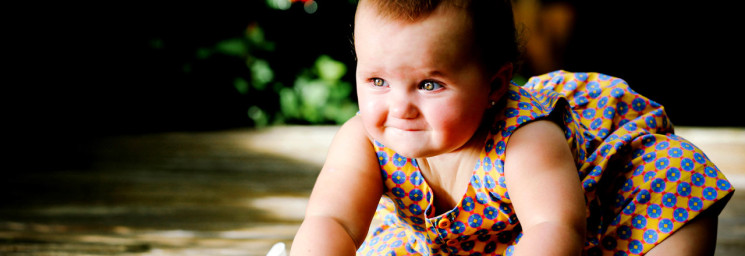
ABOUT THIS PROJECT
Team: Mariana Pedrosa
Date: February – June 2013, 14 weeks (full – time)
THE CHALLENGE
My final project for the graphic design degree was a self-designed brief. I decided that I wanted to produce some patterns, as I wanted to learn more about surface design and its application, specifically in the fashion industry, and especially for children’s fashion.
However, one of my biggest intentions was not only to create something that would be just another pattern or item of clothing. I had the goal of creating something that: (a) had a cultural background; and (b) could be used as tool in the relationship between parents and their sons.
The patterns should be integrated into children’s development by triggering their curiosity through the colours and shape. With this in mind, I decided to create patterns based on ‘Cantigas de Roda’, Brazilian rhymes, which are an important element of Brazilian identity. These represent the national oral culture and can be consider a combination of arts, poetry, music and dance.
They have had a fundamental role on Brazilian childhood education, where they are used as a tool to help children to develop their intellectual and social skills, through contributing to the interaction with others, exercising logical skills and memory, contributing to the development of sensory-motor coordination, developing a taste for music, and disciplining emotions such as shyness.
The project aims to create a bridge between children and the cultural elements of the ‘Cantigas de roda’, away from it only being a school activity and to try and integrate it into their daily lives. This is also a way to keep this national tradition alive in future generations. How could I use design as a tool to promote and restore part of our a national culture?
THE DESIGN PROCESS
The project methodology was based on the methodology proposed by Baxter, and was divided into four stages:
Problem definition and Research: After choosing the motto, ‘Cantinas de Roda’, I narrowed down my audience as children between 0 – 4 years old. Then I started my desk research related to the surface design, ‘cantigas de roda’ (it’s history, lyrics and rhythm), and children’s development, in order to understand their behaviour and what kinds of colours, shapes, materials resonate with them. I also undertook marketing analysis of what other brands were doing and at the end of this stage I choose five rhymes and developed three patterns for each.
Generation Phase: I started brainstorming and sketching patterns for each rhyme and decided on the graphic style to produce the patterns.
Evaluation phase: I did some printing test and narrowed my options; when selecting, I focused on choosing those that would better reflect the essence of the rhymes according to the colours and shapes.
Delivery & Implementation: the patterns were digitally printed and applied to different clothes. In addition, they were tested on different accessories, furniture and stationery.
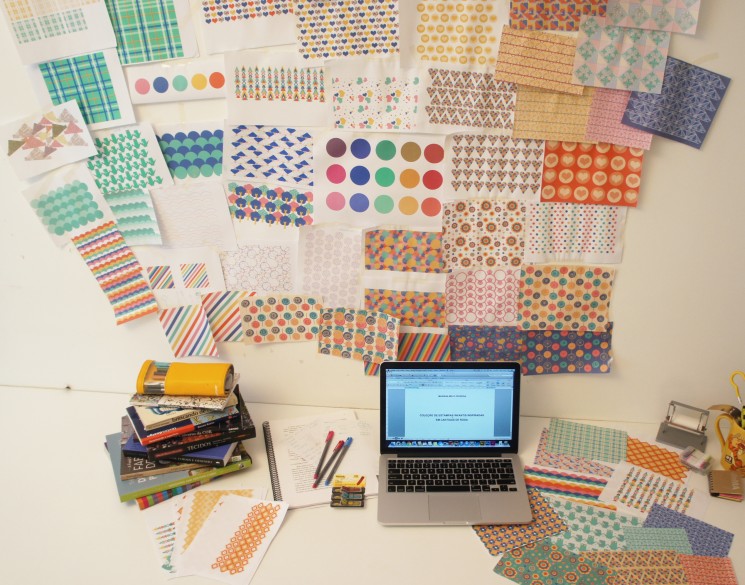
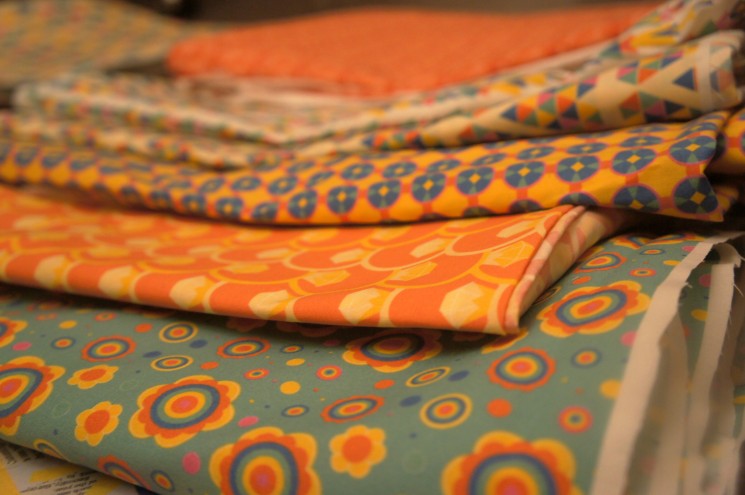
THE OUTCOME
I was driven not only by the aesthetics of the design, but was also motivated by the social and cultural aspects of it. After analysing several rhymes, for the purpose of this project I focused on five different rhymes from which to design the patterns and applied them to different surfaces: clothes, furniture and stationery. The patterns created connect with a child’s universe, a colourful, dynamic and happy place, and they also translate the complexity of the rhymes. Each song can be understood in different ways, which allowed a combination of abstract and simple shapes.
The patterns created were just one of the touch points for an educational and cultural tool that brings children and parents together in order to explore and experience a national tradition that is being left behind.
Find below the application of the pattern in children clothes.
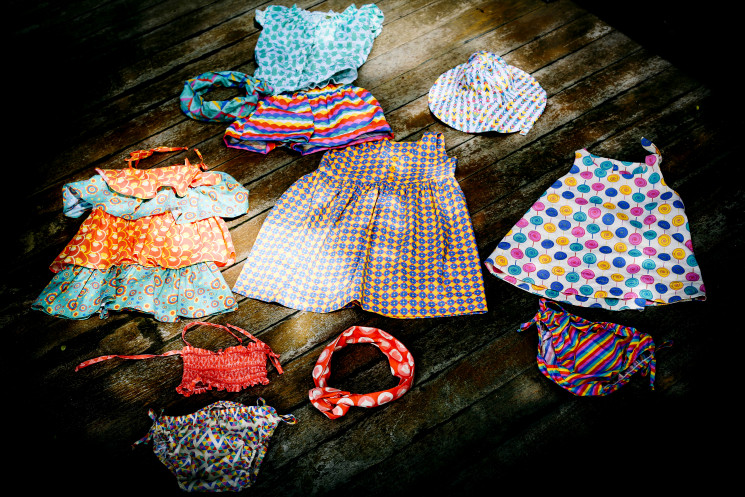
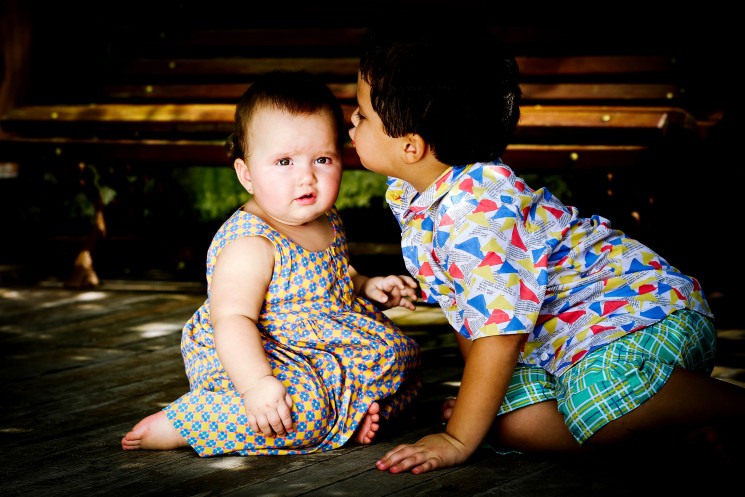
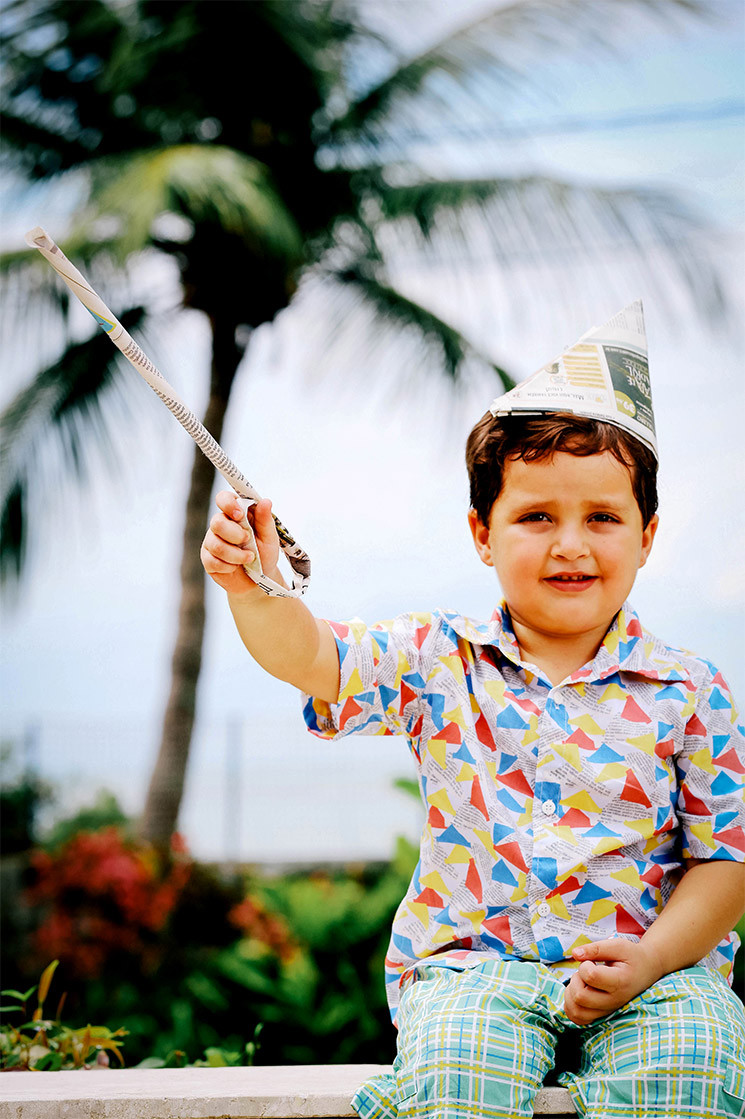
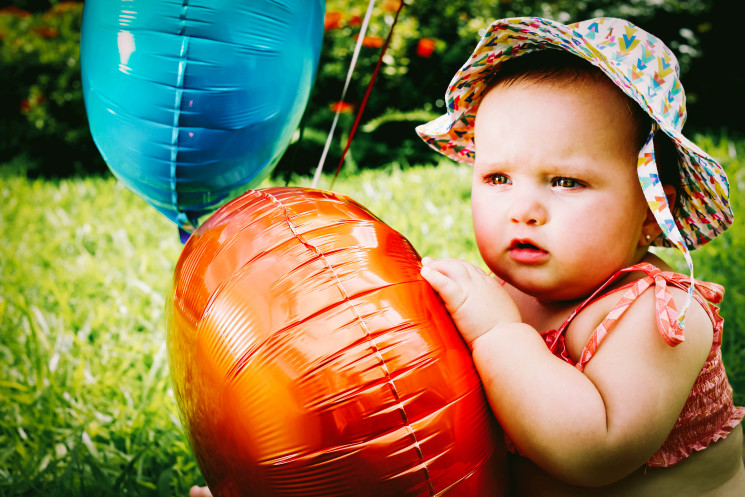
Want to see more?
Go back to projects page© 2024 Mariana Pedrosa
Designed by Estúdio Visio